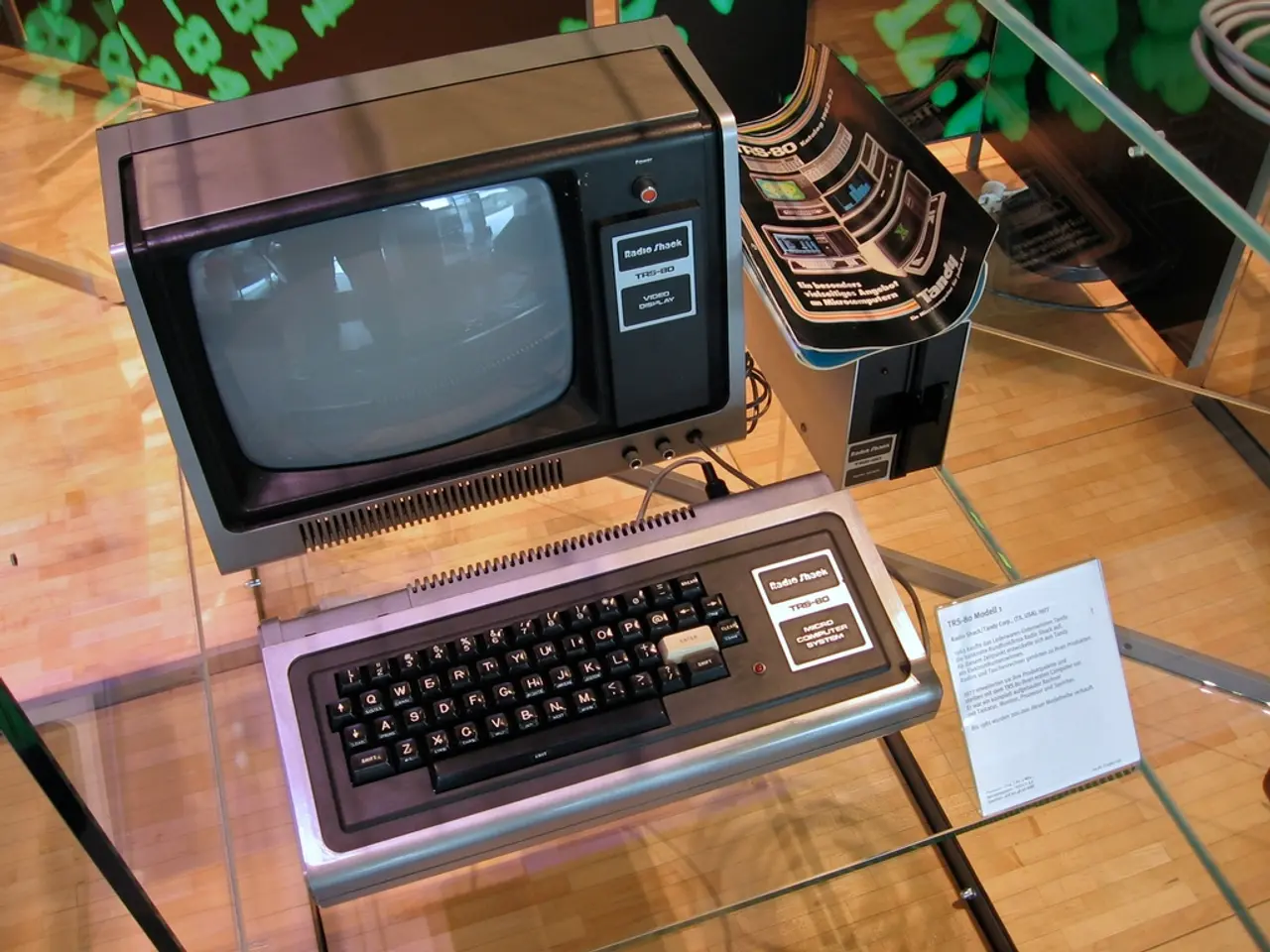Intel's 386 CPU unveiled through CT scan: intricate pin mapping, hidden power planes, and more exposed, offering a glimpse into the engineering of the iconic chip
Unveiling the Internal Structure of the Intel 386 CPU
In the era following the release of the Intel 386, advanced non-invasive imaging and microscopy techniques were used to visualise the internal structure of the semiconductor without physically touching it. This approach allowed researchers like Ken Shirriff to map the intricate details of the CPU, including the connections between pins, the layout of the silicon die, and the internal wiring.
The tiniest features within the silicon die were approximately 1 micrometer wide, with bond pads spaced about a quarter of a millimeter apart. The CT imaging, which Shirriff used, allowed him to map which pins connect where, with some routing directly to I/O pads and others buried deep into the power and logic supply network. The imaging also revealed details like the fine side wires used during manufacturing to electroplate the pins in gold.
The 386's package was essentially a six-layer circuit board in miniature, with two internal layers carrying signals and four dedicated copper planes delivering clean, stable power and ground. Wiring on the die was around 6 micrometers wide, and the signal layers were like a tangled web of thin copper paths, while the power layers were almost solid sheets of copper.
The scan produced a 3D model of the 386 CPU, consisting of hundreds of razor-thin X-ray slices. Beneath the silicon die, the X-ray revealed a bright patch of silver-filled epoxy, a carefully chosen material that pulls heat away from the chip and provides a direct, low-resistance ground connection.
One of the technological packaging advancements showcased by the Intel 386 was its high pin count, which supported more complex, dense 32-bit internal architectures (IA-32), enhancing performance and memory addressing capabilities. The 386 was among the first to use advanced packaging techniques for its time, supporting higher transistor density and improved heat dissipation through techniques like reduced pin pitch in the PGA (Pin Grid Array) package. This advancement made it practical to implement a full 32-bit architecture processor that could address up to 4 GB of RAM, a significant leap over previous 16-bit processors.
Ken Shirriff explored every layer of the Intel 386 CPU using a CT scanner without the use of a screwdriver or desoldering gun. Inside the die, most of these NC pads are nearly connected, with internal wiring and pad spots ready for bond wires. These gold bond wires act as microscopic suspension bridges between the die's pads and the package's internal routing. The pins on the bottom of the chip are spaced 2.54 millimeters apart, and package pads are spaced at half a millimeter.
Interestingly, the 386's packaging included eight pins labeled as "No Connect" (NC). However, one NC pin is actually connected to the die and functions as an output, hinting at hidden signals Intel kept under wraps. The first reveal in the 3D model is a halo of gold bond wires, each 35 μm thick, radiating from the silicon die.
The Intel 386's shift towards high pin counts and advanced packaging was pivotal for the performance leaps that made modern computing possible. Its packaging was crucial in enabling contemporary multitasking PCs, marking a significant milestone in the evolution of microprocessor design.
In the realm of technological advancements, the study of data and cloud computing played a crucial role in the analysis of the Intel 386 CPU, as the CT imaging technique employed by Ken Shirriff utilized technology to visualize the internal structure of the semiconductor without physical contact. The high pin count of the 386 integrated the benefits of data and cloud computing, supporting more complex architectures and enhancing performance.




